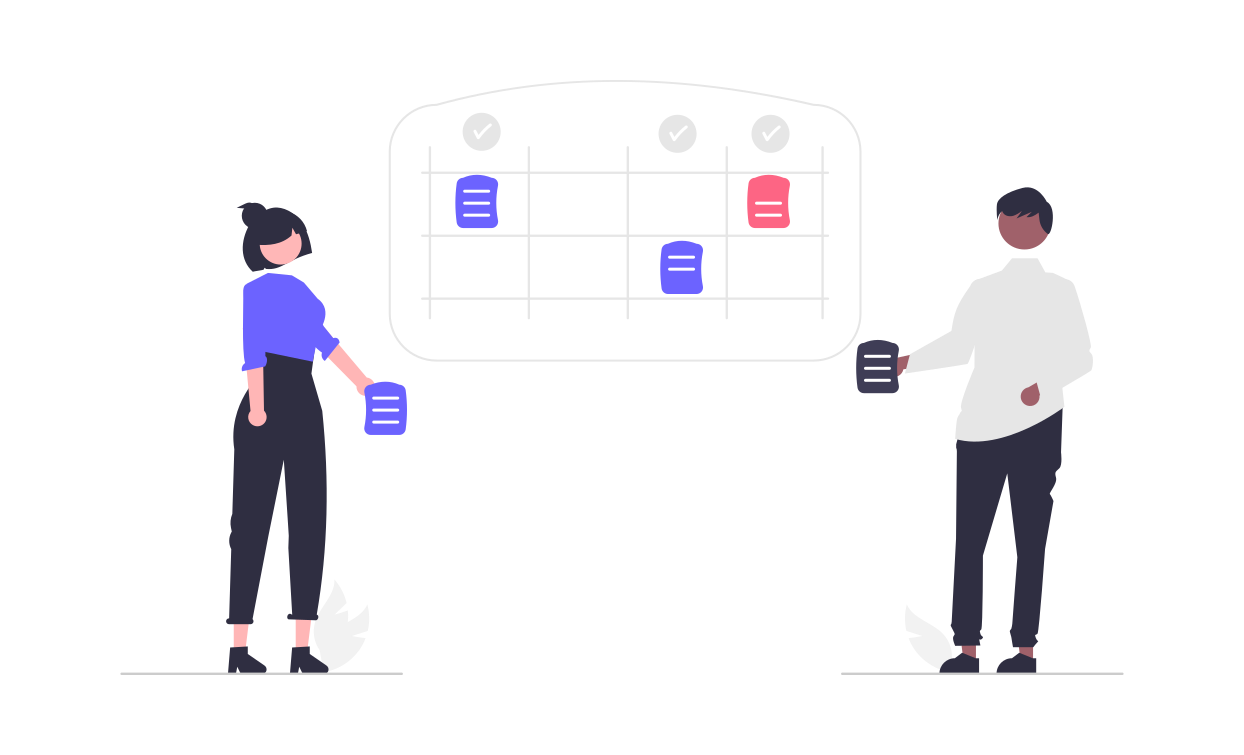In today's digital age, the ability to harness data effectively is a game-changer for businesses, especially when it comes to sales optimization. Data insights can provide a comprehensive understanding of customer behavior, market trends, and operational efficiency. This understanding allows businesses to refine their strategies, drive growth, and outperform competitors. This blog will explore strategies and tools that can help you leverage data insights to optimize your sales processes without delving into case studies, examples, or comparisons.
The Role of Data in Sales Optimization
Data is often referred to as the "new oil" in the business world. Just as oil needs to be refined to be useful, data must be processed and analyzed to extract valuable insights. In sales, these insights can help businesses understand customer preferences, identify high-value prospects, streamline sales processes, and improve decision-making. By leveraging data, sales teams can prioritize efforts, personalize customer interactions, and ultimately increase conversion rates.
Key Strategies for Leveraging Data Insights
-
Customer Segmentation and Targeting
Customer segmentation involves dividing a broad consumer or business market into sub-groups based on shared characteristics. Data analytics can help you segment customers more effectively by analyzing purchasing patterns, engagement metrics, and demographic data. With this segmentation, you can tailor marketing messages, adjust pricing strategies, and create targeted campaigns that resonate with specific customer groups.
-
Predictive Analytics for Sales Forecasting
Predictive analytics uses historical data to forecast future sales trends. By employing machine learning algorithms, businesses can predict customer behavior, such as the likelihood of repeat purchases or churn. Sales teams can use these forecasts to allocate resources more effectively, manage inventory, and prepare for future demand spikes, thus optimizing their sales strategies.
-
Sales Pipeline Optimization
The sales pipeline is the visual representation of where prospects are in the buying journey. Data insights can help optimize the pipeline by identifying bottlenecks and areas for improvement. For instance, if data shows that a significant number of prospects drop off at a specific stage, it may indicate a need for better engagement strategies or content. Optimizing the pipeline ensures a smoother customer journey and higher conversion rates.
-
Enhanced Customer Relationship Management (CRM)
A robust CRM system is essential for effective sales optimization. CRMs collect and store a wealth of customer data, such as contact details, interaction history, and preferences. This data can be analyzed to understand customer needs better and personalize interactions. A CRM with integrated analytics can provide real-time insights, helping sales teams to tailor their approach and enhance customer relationships.
-
Data-Driven Lead Scoring
Lead scoring involves ranking potential customers based on their likelihood of converting. Data-driven lead scoring uses various data points, such as engagement level, website behavior, and demographic information, to assign scores to leads. This approach allows sales teams to focus their efforts on high-quality leads, increasing efficiency and the chances of closing deals.
-
Automating Sales Processes with AI and ML
Artificial intelligence (AI) and machine learning (ML) can automate repetitive tasks, such as data entry, lead nurturing, and follow-up emails. By automating these processes, sales teams can focus more on strategic activities like building relationships and closing deals. Additionally, AI-powered tools can analyze large data sets to provide actionable insights, further optimizing sales strategies.
-
Utilizing Real-Time Data for Agile Decision-Making
Real-time data allows sales teams to respond quickly to changes in customer behavior and market conditions. For example, if a sudden increase in website traffic from a specific region is detected, sales teams can act promptly by targeting that region with specific campaigns. Agile decision-making, driven by real-time data, helps businesses stay ahead of the curve and capitalize on emerging opportunities.
Tools for Data-Driven Sales Optimization
To effectively leverage data insights for sales optimization, businesses need the right tools. Here are some essential tools that can help:
-
Customer Data Platforms (CDPs)
CDPs collect data from multiple sources, such as websites, social media, and CRM systems, to provide a unified customer profile. This centralized data helps sales teams gain a comprehensive view of customer behavior and preferences, enabling more personalized and effective sales strategies.
-
Sales Analytics Platforms
These platforms provide deep insights into sales performance through detailed reports and dashboards. They analyze key metrics like win rates, sales cycle length, and average deal size, helping businesses identify trends and areas for improvement.
-
CRM Systems with Advanced Analytics
Modern CRM systems come with built-in analytics capabilities that provide insights into customer interactions and sales processes. They help sales teams understand customer behavior patterns, identify high-value prospects, and optimize their sales efforts.
-
Predictive Analytics Tools
Tools like IBM Watson, Salesforce Einstein, and HubSpot Predictive Lead Scoring use machine learning to analyze historical data and predict future sales outcomes. These insights help sales teams prioritize leads and tailor their strategies to maximize conversions.
-
Marketing Automation Platforms
Platforms such as HubSpot, Marketo, and Pardot automate marketing tasks, like email campaigns and social media posts, based on customer data and behavior. These tools help sales teams maintain consistent engagement with prospects and nurture leads more effectively.
-
AI-Powered Sales Assistants
AI-powered sales assistants like Drift and Conversica engage with prospects through chatbots and automated email follow-ups. They help sales teams qualify leads faster and ensure no potential sales opportunities are missed.
Conclusion
Leveraging data insights is crucial for optimizing sales strategies and driving growth in today’s competitive market. By employing strategies such as customer segmentation, predictive analytics, and CRM optimization, businesses can enhance their sales processes, improve customer relationships, and increase conversions. Additionally, using advanced tools and technologies like AI, ML, and real-time data analytics can provide a significant edge in the market. As businesses continue to collect vast amounts of data, those that harness these insights effectively will be best positioned to achieve long-term success.


